Workshop
What is sound?
In the first sequence we explore/investigate tones and noises ("What is sound?") The students should discover that we are only able to hear something if an object is very fast dangling, vibrating, swinging. If the swinging/vibration will be stopped the noise disappears.
The students should also see that the tone/noise will be getting louder the more/stronger the object is swinging.
In the second sequence we investigate if the "dangle" can moved (around). In different situations the students should see and get to know that the fast swinging/vibrating of an object can be transmitted >> The "dangle" can move.
|
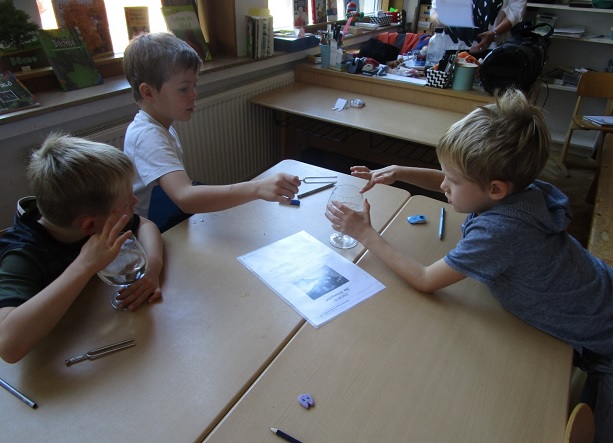
Investigatingthe sound of the tuning fork
|
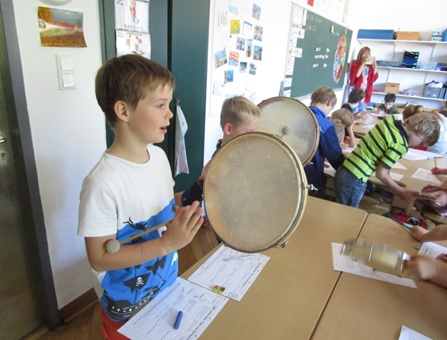 Investigating the sound of the drum Investigating the sound of the drum
|
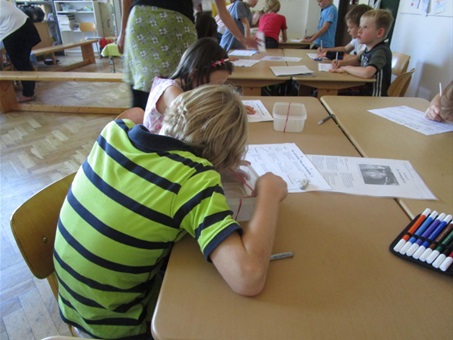
Investigating the sound of the string guitar
|
|
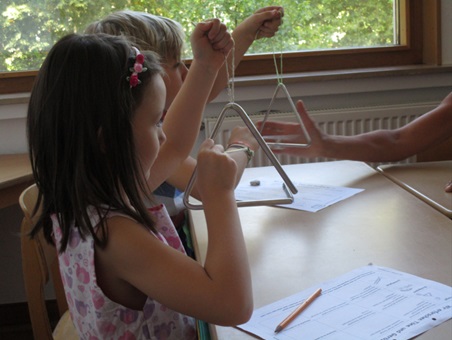 Investigating the sound of the triangle Investigating the sound of the triangle
|
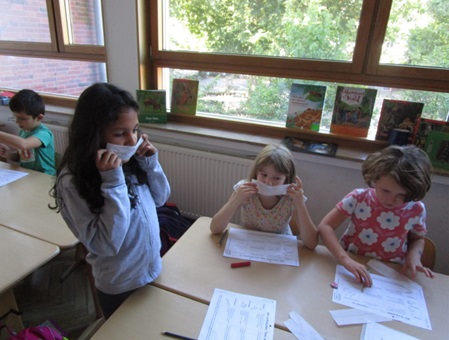 Investigating the sound of the baking paper Investigating the sound of the baking paper
|
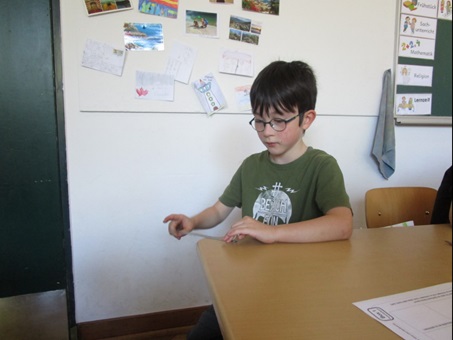 Investigating the sound of the triangle Investigating the sound of the triangle
|
The students work at different stations/stops. The teacher puts some materials in the middle and explains the experiments, the different stations and the line of action.
Reflection: The students describe/tell their observations/sightings, and are gathering/working the results out.
In the first stage of the experiments the creating of "sound" is emphasized. The students discover that "sound" depends on the fast swinging, the vibration of objects.
By trial and error they find out how to create loud and silent tones and what happens to the object.
In the second stage the students experience, in different situations, that fast swinging/vibration of an object can be transmitted to other objects. Experiments at different stations deepen this experience.
Lesson plan: 
Worksheets: 